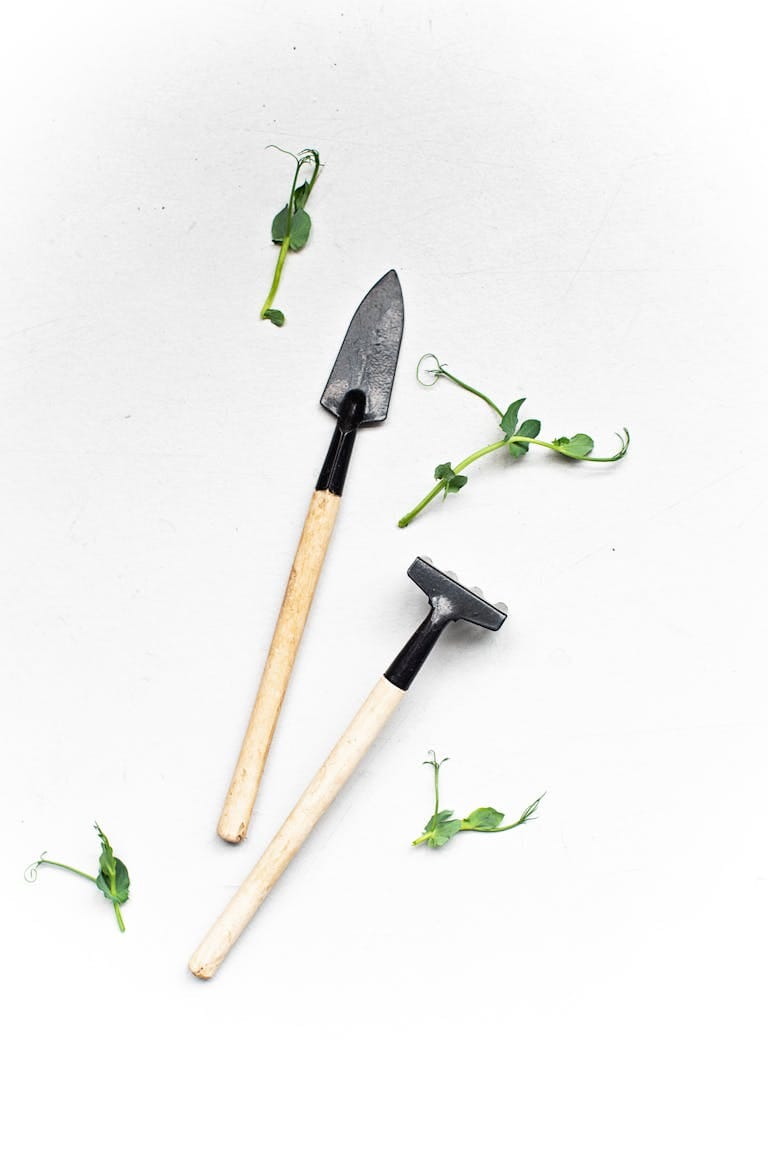Forget Feeders: Why Hummingbirds Are Absolutely Obsessed With “Turks Cap”

We all love the idea of a backyard full of hummingbirds. These tiny, iridescent jewels bring a frantic energy and beauty to any garden.
But let’s be honest: maintaining sugar water feeders is a chore. You have to constantly mix the solution, clean the sticky mess, and worry about mold or the liquid fermenting in the summer heat. If you forget for a week, your tiny visitors move on.
What if there was a “set it and forget it” alternative that hummingbirds actually prefer over the artificial stuff?
Enter Turks Cap (Malvaviscus arboreus). This unique, striking plant is nature’s ultimate hummingbird feeder, and once you plant it, you’ll understand why wildlife enthusiasts are obsessed with it.
The “Flower That Never Opens”
At first glance, Turks Cap looks like a hibiscus that refused to wake up. The bright red petals remain swirled tightly together around the central stamen, resembling a Turkish fez (hence the name) or a small turban.
While this might seem counterintuitive for attracting pollinators, this unique shape is exactly its secret weapon.
Most bees and larger insects can’t access the nectar hidden deep inside the tightly closed petals. But the design is mathematically perfect for the long, slender beak and tongue of a hummingbird.
By excluding other insects, Turks Cap creates an exclusive VIP lounge for hummingbirds. When a hummer spots that flash of red—their favorite color—they know they’ve found a food source that hasn’t already been raided by bees.
High-Octane Fuel for High-Energy Flyers
It’s not just the shape that gets them hooked; it’s the reward.
Hummingbirds burn massive amounts of energy, beating their wings up to 80 times per second. They need high-quality fuel, and they need it constantly. Turks Cap produces copious amounts of nectar that is richer and more nutritious than plain sugar water.
It is, essentially, the Red Bull of the flower world.
Because the plant relies solely on hummingbirds (and sometimes specialized butterflies like the Cloudless Sulphur) for pollination, it makes sure the reward is worth the visit, ensuring the birds return dozens of times a day.

The Lazy Gardener’s Dream Plant
The best part about Turks Cap? It isn’t just good for the birds; it’s incredibly easy on the gardener.
Unlike fussy hybrid tea roses or delicate annuals, Turks Cap is a survivor. Native to parts of Texas, the Southeast US, and Mexico, it is built to withstand brutal summer heat and periods of drought once established.
It is remarkably versatile regarding light. While it blooms most profusely in dappled sunlight, it is one of the few flowering shrubs that thrives and blooms amazingly well in full shade, lighting up dark corners of the yard with its red blossoms.
Furthermore, it’s a long-season bloomer. Turks Cap starts flowering in late spring and keeps going right up until the first frost. This is vital for hummingbirds migrating south in the autumn, providing a crucial fuel stop when many other garden flowers have faded.
How to Get Your Own Hummingbird Magnet
If you want to trade your plastic feeder for the real thing, here is how to get started with Turks Cap:
- Give it room: This is a sprawling shrub that can easily reach 4 to 6 feet tall and just as wide. Don’t crowd it.
- Water wise: Water it well during its first year to establish the roots. After that, it’s surprisingly drought-tolerant, though it will bloom better with occasional deep watering during dry spells.
- The haircut: In colder zones (USDA zones 7b-9), it will die back to the ground in winter. Simply cut the dead stems back to about 4 inches in late winter, and it will shoot back up in spring brighter than ever. In tropical zones, it remains an evergreen shrub.
If you want a low-maintenance garden filled with the buzz of happy hummingbirds, stop mixing sugar water. Plant Turks Cap instead, and let nature handle the feeding.









